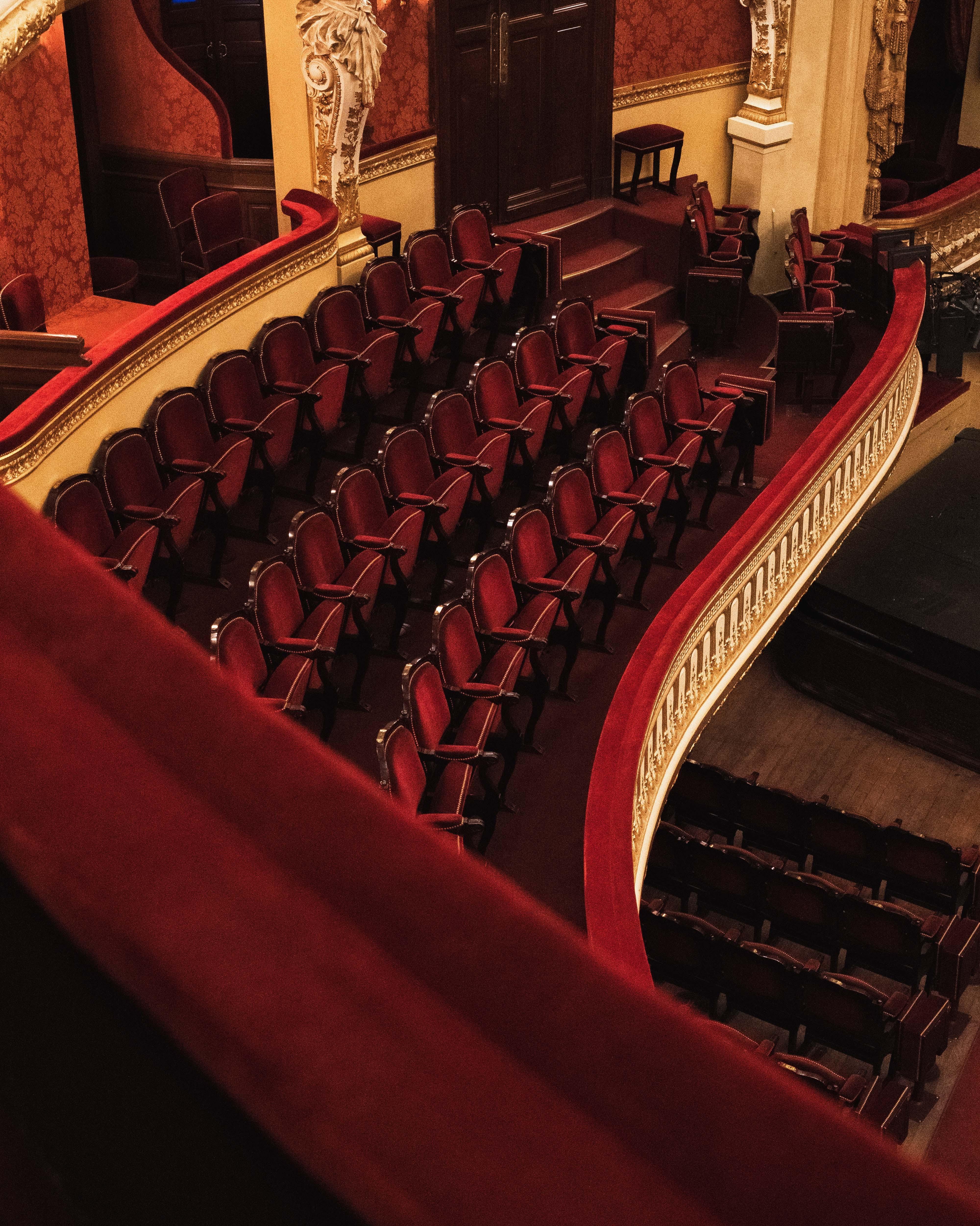The Opéra comique de Paris, one of the six national theaters you must see
Category : Hotel Corona Rodier

Its façade stands on the Place Boieldieu in the 2nd arrondissement of Paris, right next to the Boulevard des Italiens. The Opéra Comique celebrated its 300th anniversary in 2015, and became one of six national theatres in 2005. Here's the story.
First, a quick definition : what does "opéra comique" mean? You could say that it is the ancestor of musicals. The Larousse defines it as "an opera in which spoken and sung episodes alternate". This musical genre differs from classical opera, which is exclusively sung, and first appeared in the 17th century when fairground troupes put on parody opera shows. Over the decades, the 'Comique' has developed and many shows have been performed here, including Berlioz's La Damnation de Faust, Offenbach's Les Contes d'Hoffmann, Ravel's L'Heure espagnole and Bizet's Carmen.

The first comic opera troupes moved into a permanent theatre in 1783 - under the reign of Louis XVI - in the Salle Favart, in honour of the author Charles-Simon Favart. Artistic success soon followed (queen Marie-Antoinette even attended the inauguration), despite two tragic fires in 1838 and 1887. The second was caused by gas lighting, and led to the introduction of electric lighting for theatres and concert halls. Rebuilt in the following years on a land donated by the Duc de Choiseul (which earned him a box with 8 seats reserved for his family and descendants - who still own it today), it was finally inaugurated a few months before the 1900 Universal Exhibition, and the Opéra-Comique (the other name for the Salle Favart from then on) became the very first theatre in France to be lit entirely by electricity !

Just looking at it, you'd think it had nothing to envy the nearby Opéra Garnier. Its columns and statues on the façade are reminiscent of the Hellenic style that was very much in vogue at the time it was built, and you'll be greeted from the vestibule by two iconic statues, one representing Carmen from Bizet's comic opera (1875) and Manon, a figure from Massenet's comic opera (1884). The foyer, full of gilding, paintings and hangings, is not to be outdone either, and is the perfect precursor to a magnificent theatre. Its red velvet seats can accommodate up to 1,200 spectators, who are sure to be amazed by its large dome and ceiling designed by Jean-Joseph Benjamin-Constant.
The good news is that the place offers a programme of amazing performances throughout the year and is open to the public ! Don't miss out on a visit to this splendid and legendary theatre when you're in Paris, by booking your tour here.
Photos by Amandine Goetz
